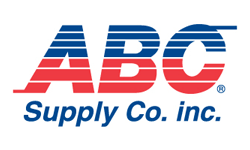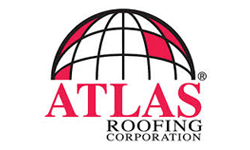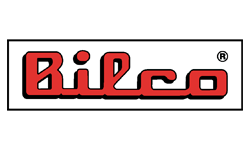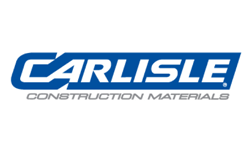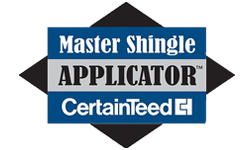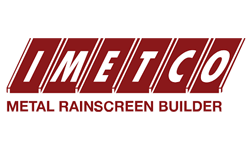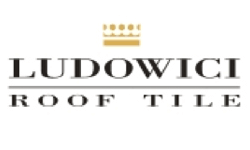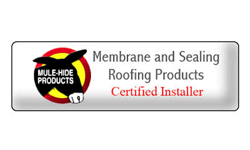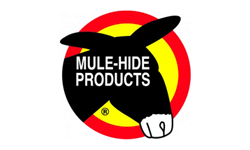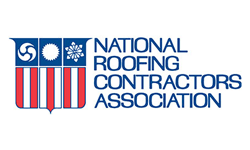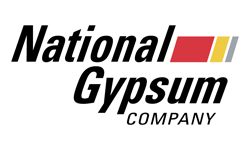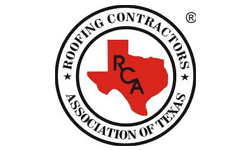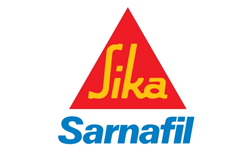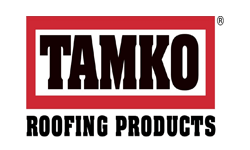Why Silicone Roof Coatings Are a Game Changer for Building Protection
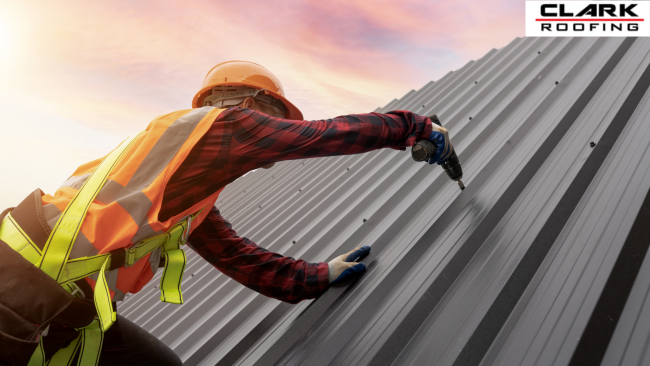
Thinking about getting a silicone roof coating? These coatings provide advanced protection for your roof, but it’s important to consider their benefits and drawbacks before making a decision. Also, understanding factors that can enhance their longevity will help you get the most out of your investment.
Advantages of Silicone Roof Coatings
Silicone roof coatings offer numerous benefits that can significantly enhance the protection of your building. Here are some of the key advantages:
Enhanced Water Resistance
One of the main advantages of silicone roof coatings is their ability to prevent water seepage. Once applied, the coating effectively repels water, making it ideal for regions with high rainfall. Silicone is a moisture-cure substance that absorbs water, providing superior protection against leaks.
Auto-Repair of Minor Damages
Modern roofs, often made of thermoplastic, have the ability to heal minor scratches automatically. These scratches, caused by the separation of polymers, are repaired as the shingles cool down and the polymers bond again. This self-healing property helps maintain the integrity of the roof without impacting the thermostat.
High Flexibility
A robust silicone coating makes your roof highly flexible, monolithic, and impenetrable. This flexibility allows the roof to withstand extreme temperatures, wind-driven sand, and oxidation. Silicone-coated materials can easily handle thermal expansion and contraction, providing year-round protection without frequent repairs.
UV Protection
Silicone-coated roofs can reflect up to 80% to 90% of ultraviolet rays, keeping your house cool during warmer months and reducing electricity bills. The coating does not degrade or crack under prolonged sunlight exposure and erodes very slowly, ensuring long-lasting protection.
High Solid Content
Modern silicone roofing materials have a high solid content, often exceeding 90%. This means you need less silicone to achieve the desired thickness, reducing application costs.
Environmentally Friendly
Silicone coatings are environmentally friendly, containing low volatile organic compounds (VOCs) and being solvent-free. This makes them safe to use and better for the environment.
Disadvantages of Silicone Roof Coatings
Like any technology, silicone roof coatings come with some drawbacks. Here are a few to consider:
Prone to Dirt Accumulation
Silicone materials tend to attract dirt and dust, which can reduce their reflective properties and cooling effects. Regular cleaning, every 6 to 12 months, is necessary to maintain their efficiency.
Slippery When Wet
Silicone coatings can become extremely slippery when wet. After rain or cleaning, it’s important to walk carefully on the roof to avoid slipping and falling.
Difficult to Spray
Silicone, being a solvent-based coating, can be challenging to spray on hydraulic equipment. Proper maintenance and cleaning of the equipment are essential to ensure a smooth application process.
Longevity of Silicone Roof Coatings
The lifespan of silicone-coated roofs depends on several factors:
Quality of Roof Coating
The quality of the silicone used significantly impacts its lifespan. High-quality silicone, made from various materials and additives, can withstand extreme temperatures and weather conditions without degrading quickly. Investing in high-quality silicone is crucial for long-lasting protection.
Regional Climatic Conditions
The longevity of silicone coatings is also influenced by the local climate. Areas with freeze-thaw cycles, temperature fluctuations, high winds, moisture, rainfall, pollution, and chemical exposure may experience shorter coating lifespans.
Application Technique
Proper application is essential for maximizing the performance and longevity of silicone coatings. Uniform application and thorough surface preparation are necessary to avoid premature degradation.
Maintenance of Coating
Routine maintenance, including debris removal, regular cleaning, and prompt repair of damages, can extend the lifespan of silicone coatings and reduce maintenance efforts and costs.
Conclusion
Silicone roof coatings offer a range of benefits, including enhanced water resistance, flexibility, UV protection, and environmental friendliness. However, they also have some drawbacks, such as susceptibility to dirt accumulation and slickness when wet. Understanding the factors that affect their longevity can help you make an informed decision and get the most out of your investment. If you’re considering a silicone roof coating, keep these points in mind to ensure long-lasting protection for your roof.
Feel free to contact us for more information or to schedule an appointment for your silicone roof coating needs.



